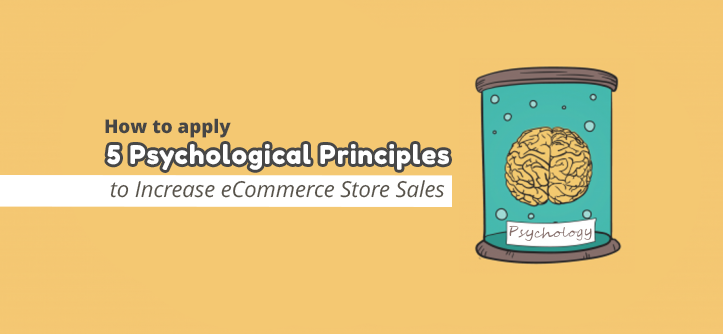We are all aware that the field of online shopping is constantly growing before our eyes. Some numbers to put things in perspective:
– In the US, online sales currently account for (only) 8% of total retail sales;
– in Europe, this number stands at 14%.
– 53% of all Internet users made at least one purchase in 2016 (about 1 billion users);
– An average user in the US spends $1800 on purchases during one year on average, in Europe this stands at $1600.
– The main sources of traffic to eCommerce sites: organic, e-mail and PPC.
This infographic shows additional interesting data you may want to see.
ECommerce store owners are engaged non-stop in finding ways to improve their site and increase sales. It is, of course, possible to continue to bring in more traffic, but first of all one should figure out how to increase the conversion to sales out of the existing traffic.
The following chart shows the main reasons for shopping cart abandonment according to the site Statista:

As a whole, I would say that most of the courses I took as part of my economics degree in Tel Aviv University were superfluous or out of touch with reality, except for one course that I felt was really to the point and which I thoroughly enjoyed – a Behavioral Economics course. Yes, Dan Ariely and all that hype around rational decisions, and so forth. This opened me up to a world of understanding of the users and trying to figure out what triggers the ‘electric currents’ that go through their brain when they carry out an action or a decision of one kind or another.
Recommended: Apart from Dan Ariely’s book, I also recommend reading the book Hooked by Nir Eyal, about how to form a habit out of the use of your product, and what drives people to get fixated on one product rather than another.
In this article, I talk about five proven psychological principles that influence the decisions of surfers when buying online:
The Scarcity Effect
Know the story about the jars with the cookies? This is one of the more familiar stories that illustrate this principle, and it goes like this:
Stephen Worchel and colleagues of his conducted an experiment in 1975 in which they offered people two jars of cookies. One jar contained 10 cookies and the other contained only 2 cookies. The results of the experiment showed that most people preferred the cookies in the emptier jar (the one which contained 2 cookies) even though the cookies in the two jars were completely identical.

When something is scarce or difficult to obtain, we tend to want it more. You may also have heard about it as FOMO – Fear Of Missing Out or Loss Aversion. We spend, or perhaps waste, half of our time on Facebook and on social media because we are afraid to miss out on some interesting update or news (although we know that it does not happen every minute). Another principle that goes hand in hand with the fear of missing out on something is Urgency.

Under this category, it is quite common to see sentences or phrases like: most popular, most sold, 12 people are now viewing this product, this product was purchased 22 times during the last hour, the last 5 units in stock, 3 hours left before offer ends, order within the next 27 minutes and you will receive the product tomorrow, et cetera.
Reciprocity
I’m sure you’ve come across this quite often – you are offered something for free, like a guidebook / an eBook in the digital world, or perhaps a new type of cheese in the supermarket in the physical world. In exchange, you are asked to leave your e-mail address (referring to the first type of offer) or you feel obliged to try a larger package of cheese (referring to the second type of offer).

Other examples: An online calculator for calculating something (for example, a mortgage), an app for tailor made clothing items after you upload an image, quality content in a blog, et cetera.
The Framing Effect
In a word – Context. If Jimi Hendrix were alive today, and you had the opportunity to go see his show, you would probably be willing to pay quite a bit for a ticket. But if he was performing on the side of the street, you would probably have gone on walking, not noticing him at all. In other words, it all depends on context and the specific situation.
What would you prefer? Low-fat ice cream containing 90% less sugar than the average ice cream? Or an ice cream containing 10% of the average sugar content? Most people asked would choose the first option. The same thing goes for a question like: A plastic surgery with a 90% chance of success, or a plastic surgery with a 10% chance of failure. When we phrase something of this sort, it is important to give thought to the outcome (positive or negative) and the qualities that we want to highlight.

The Anchoring Effect
The anchoring principle says that people’s decisions are influenced by the first information they are exposed to regarding a particular subject. In fact, they rely too much on this information and it becomes like an anchor that is hard to move.
In our daily lives, we encounter it a lot when a question is asked like how much a specific product would cost, or how long it would take to get to a specific place. We get a certain initial answer that we would probably stick to later on. If we go back to eCommerce stores, you may see this principle implemented where as soon as you enter a home page, you see a particular item with a discount price next to it, and an original price crossed out.

If you search a little further on that site, you would likely find a similar product (perhaps identical) at the same price or even at a cheaper price. For anyone wishing to learn more about this principle, this article is highly recommended.
Assurance
This section is about promises, risks and the creation of trust and confidence among potential buyers.
If you look back at the first chart shown in this article, you’ll see that the second reason users do not complete their purchase online is because they do not trust it enough or do not think it is secure enough. Another illustration: you go out for lunch in the middle of a working day and see a long line outside one of the restaurants. What would you think? Probably that this restaurant is good and that is why it has a long queue and why people are willing to wait outside. You may call it herd behavior in this case, but also a “herd” of verified reviews and responses could convince a customer the same way a long queue outside a restaurant could.
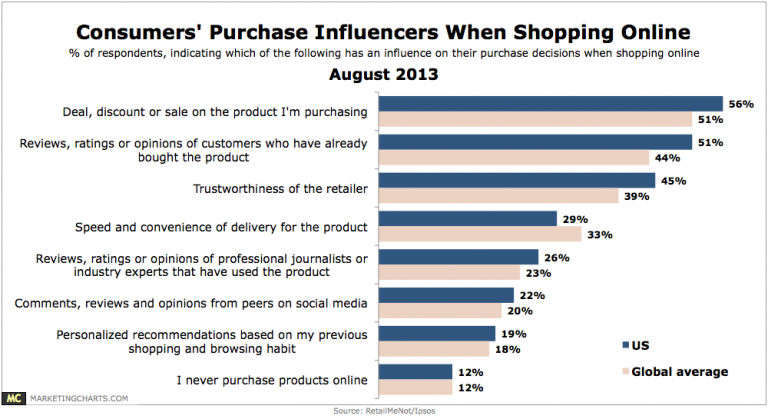
Although Amazon and eBay are huge sites everyone knows, they still continue adopting ways to increase assurance with buyers. How do you do that?
As you can see in the chart above – reviews, testimonials and comments, seller credibility (in the case of Amazon and eBay for example), social proofs, verified testimonials with real faces, etc.
And, some examples, of course:
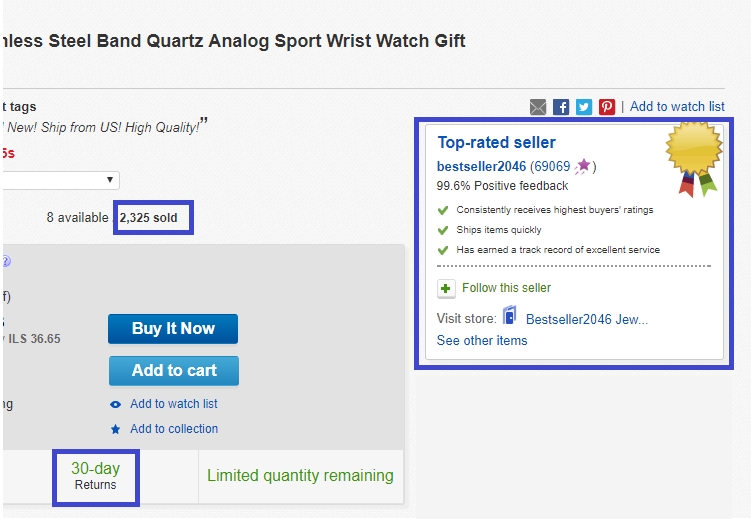


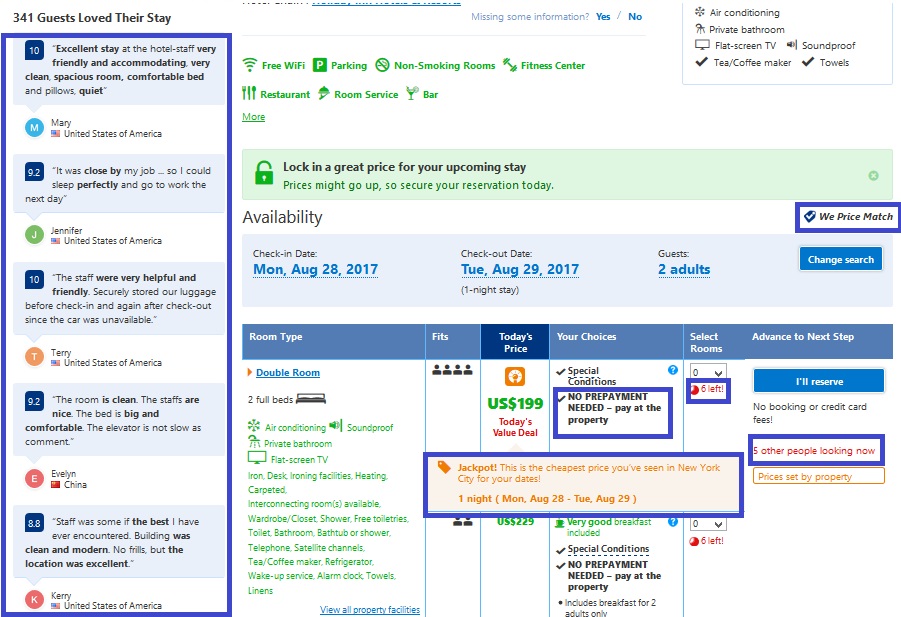
An example from our site:
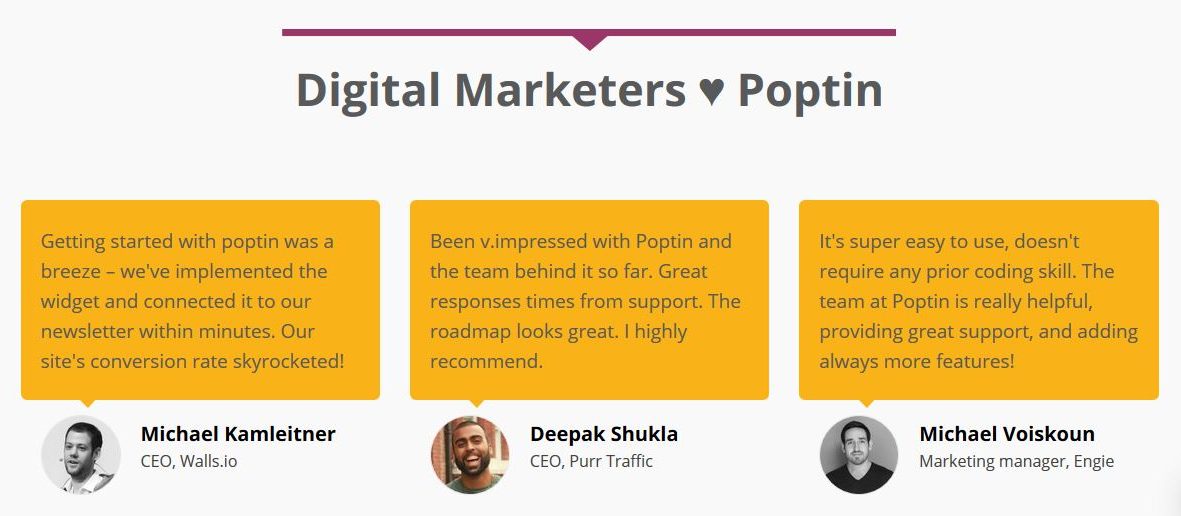
I’d love to hear how you implement these and other principles on your virtual stores in the comments below 😃
